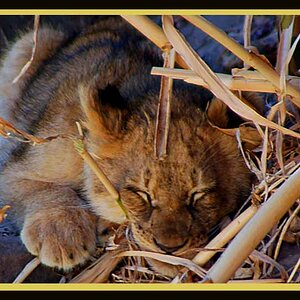- Joined
- Aug 15, 2013
- Messages
- 13,695
- Reaction score
- 3,369
- Location
- SE Michigan
- Can others edit my Photos
- Photos OK to edit
But back to the OPs observation. Pixel Peeping is going to get you upset. Nikon d600, 300/4 AF with Mup - remote release but I was standing right next to it.
These examples are (I just took them right after my Moon/Venus shot) :
15 sec f/8 ISO 800 (yeah I forgot to increase the aperture )
10 sec f/8 ISO 800
1.3 sec f/8 ISO 800
all cropped about 125%
You really have to experiment more with higher ISOs, and working the Blacks and Whites in LightRoom/PS an the above suggestions such as stacking. If you notice on the 2nd photo I creeped off the concrete pad I have my scope on most of the time. And you can see the reaction in the photo .. the jilted star trails. I normally shoot with a radio remote from about 10 feet away on each of my scope shots.
\

\

\

These examples are (I just took them right after my Moon/Venus shot) :
15 sec f/8 ISO 800 (yeah I forgot to increase the aperture )
10 sec f/8 ISO 800
1.3 sec f/8 ISO 800
all cropped about 125%
You really have to experiment more with higher ISOs, and working the Blacks and Whites in LightRoom/PS an the above suggestions such as stacking. If you notice on the 2nd photo I creeped off the concrete pad I have my scope on most of the time. And you can see the reaction in the photo .. the jilted star trails. I normally shoot with a radio remote from about 10 feet away on each of my scope shots.
\
\
\


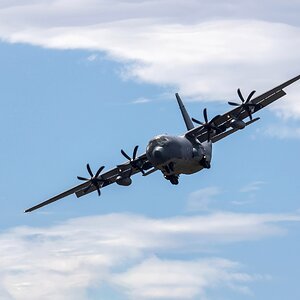
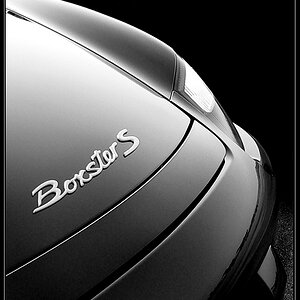
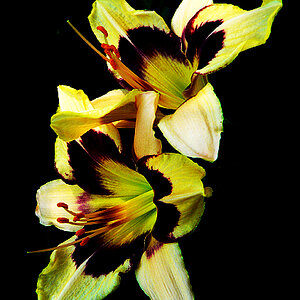
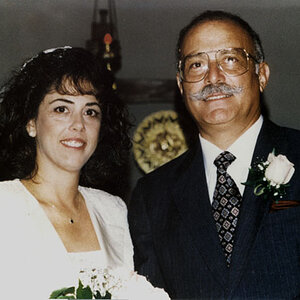
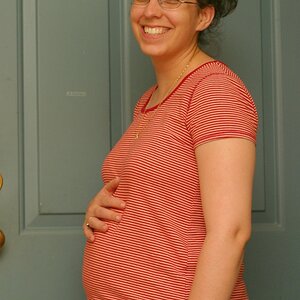
![[No title]](/data/xfmg/thumbnail/40/40308-f92e28f094216c151f3ad1fd7453c99b.jpg?1619739413)
![[No title]](/data/xfmg/thumbnail/30/30987-a33ca8e90b5d786c21e59d37945b9cc6.jpg?1619734552)
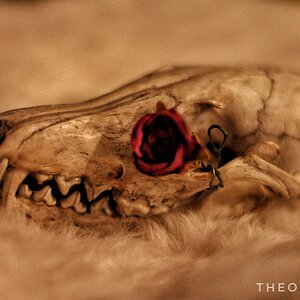
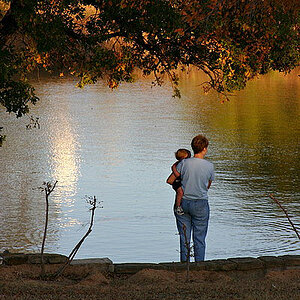
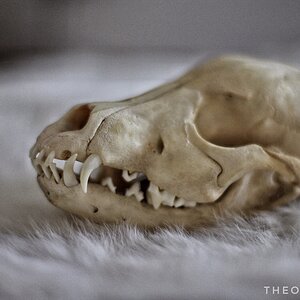
![[No title]](/data/xfmg/thumbnail/39/39286-ae386da044402acf92e55d8b68c26af3.jpg?1619738956)
